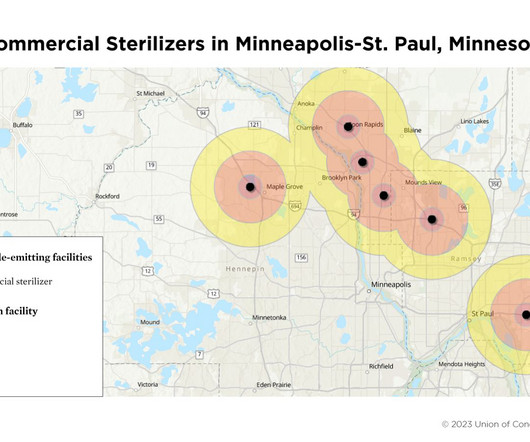The SEC’s Final Climate Disclosure Rule: Interrogating Preemption and Coherence with Other Domestic Regimes
Law Columbia
MARCH 29, 2024
Part Three, below, explores preemption questions in the context of other domestic frameworks: California’s climate-disclosure laws and the Environmental Protection Agency (EPA)’s GHG emissions reporting regime. Preemption of a state law arises under the Supremacy Clause in the Constitution.















Let's personalize your content